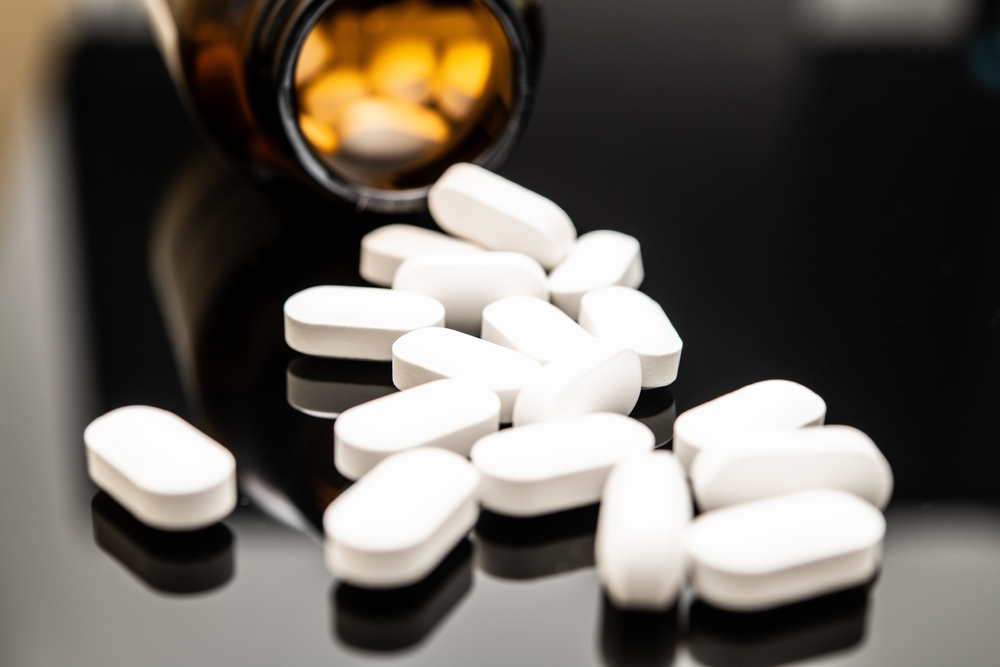Last Updated:
July 28th, 2025
Opioid Detox | Dealing with Opioid Withdrawal
What is opioid withdrawal?
Opioid withdrawal is a challenging process that occurs when someone dependent on opioids suddenly stops using them. Opioids include both prescription medications like oxycodone, morphine and fentanyl, as well as illicit drugs like heroin. While these substances vary in strength, they all affect the brain in similar ways, creating physical and psychological dependence over time.
When opioids are stopped, the brain struggles to regain balance, leading to withdrawal symptoms. These symptoms can be severe and make it difficult to function, which is why professional support is highly recommended. Understanding what to expect during opioid withdrawal can help you prepare for this process and ensure you take the safest approach.

What are the symptoms of opioid withdrawal?
Opioid withdrawal can affect every part of a person. Many people expect flu-like physical symptoms but may not be prepared for the psychological distress and changes in behaviour that can occur. The severity of withdrawal depends on how long opioids have been used and the specific type of drug in question but below is an overview of the withdrawal symptoms that could happen:
- Severe muscle aches and joint pain
- Intense sweating and chills
- Nausea, sometimes leading to vomiting
- Diarrhoea and abdominal cramping
- Runny nose and excessive yawning
- Restless legs and involuntary muscle twitches
- Increased heart rate and blood pressure
- Intense anxiety and panic attacks
- Depression and low mood
- Extreme irritability or emotional outbursts
- Difficulty concentrating or making decisions
- Cravings for opioids that feel overwhelming
- Insomnia and vivid nightmares
- Restlessness and constant movement
- Avoiding responsibilities or social interactions
- Pacing or fidgeting due to discomfort
- Feeling unable to function without opioids
- Seeking out opioids to relieve withdrawal symptoms
Should I withdraw from opioids on my own?
Attempting opioid detox without medical support is highly dangerous. While some people may feel tempted to quit ‘cold turkey’ at home, opioid withdrawal can be severe and unpredictable. Unlike some substances, opioid withdrawal carries serious risks and professional supervision is strongly recommended.
How can I detox from opioids safely?
The safest way to detox from opioids is through a structured rehab programme. Medical professionals can provide medication-assisted treatment if necessary and offer support to reduce discomfort, something you wouldn’t typically have access to at home. A structured detox programme ensures that you are not facing withdrawal alone and significantly reduces the risk of relapse.
Here is a general timeline of opioid withdrawal and how professional detox can help.
First 24–48 hours
Opioid withdrawal symptoms can begin within a few hours of the last dose, depending on the type of opioid used. Short-acting opioids like heroin may trigger withdrawal in as little as six hours, while long-acting opioids like methadone may take longer. Early symptoms typically include restlessness, anxiety, sweating and flu-like discomfort.
Days 3–7
This is typically the peak of opioid withdrawal. Physical symptoms like muscle pain, diarrhoea and nausea can be intense, while psychological symptoms such as anxiety, depression and cravings may be difficult to manage. Without proper support, many people relapse during this stage
Week 2
By the second week, physical symptoms usually start to improve. However, many people still experience psychological effects, including low mood and difficulty sleeping. Some may feel exhausted, both physically and mentally and opioid cravings can still be strong.
Beyond two weeks
Most of the physical symptoms will have faded by this stage, but psychological withdrawal can persist. Some people experience post-acute withdrawal syndrome (PAWS), where opioid withdrawal symptoms continue for weeks or even months.
Get help today
Opioid withdrawal can be one of the hardest challenges to face alone, but you do not have to go through it without support. At Addiction Helper, we are here to guide you towards safe, accredited rehab centres in the UK, ensuring you receive the right care from the very first step.
Whether you need help for yourself or a loved one, our expert team is available to answer your questions and provide tailored advice based on your situation. Recovery is possible, and the right support can make all the difference.
Call us today for a free, confidential chat and take the first step towards a life free from opioid dependence.

Our compassionate team are ready and available to take your call, and guide you towards lasting the lasting addiction recovery you deserve.

